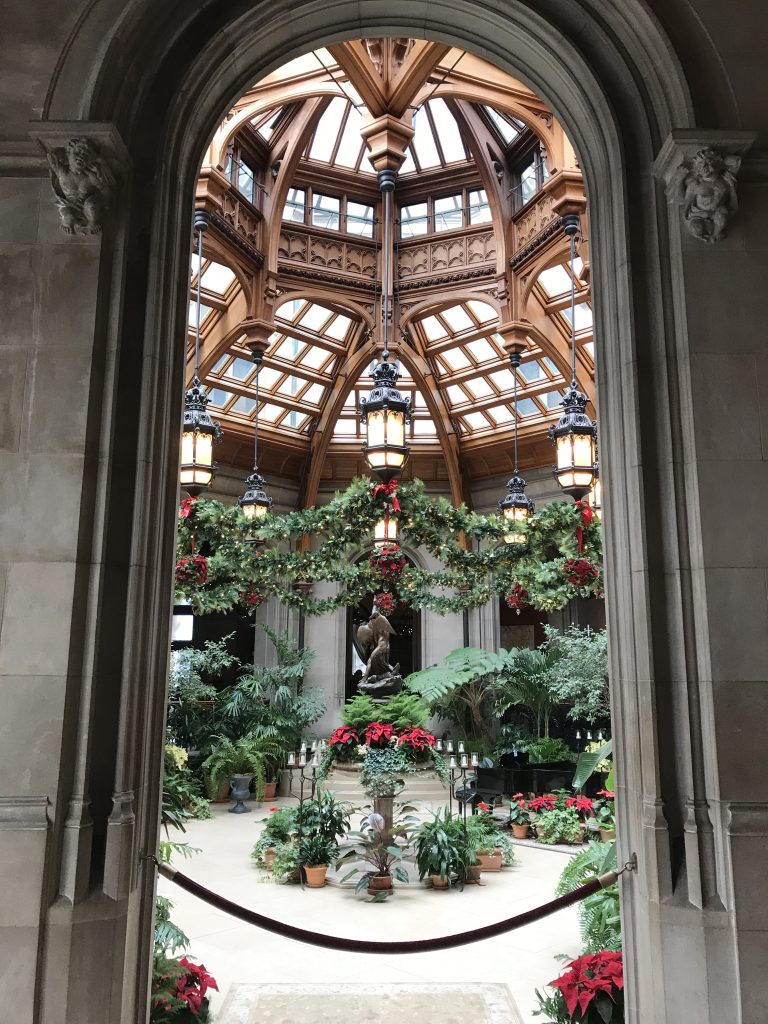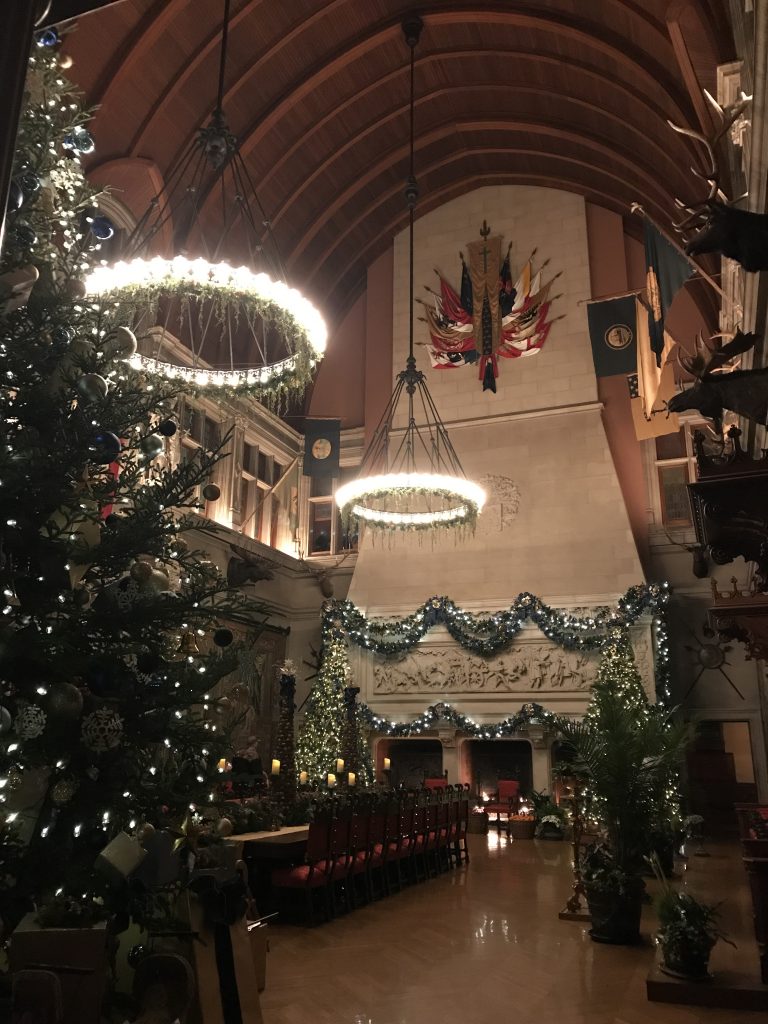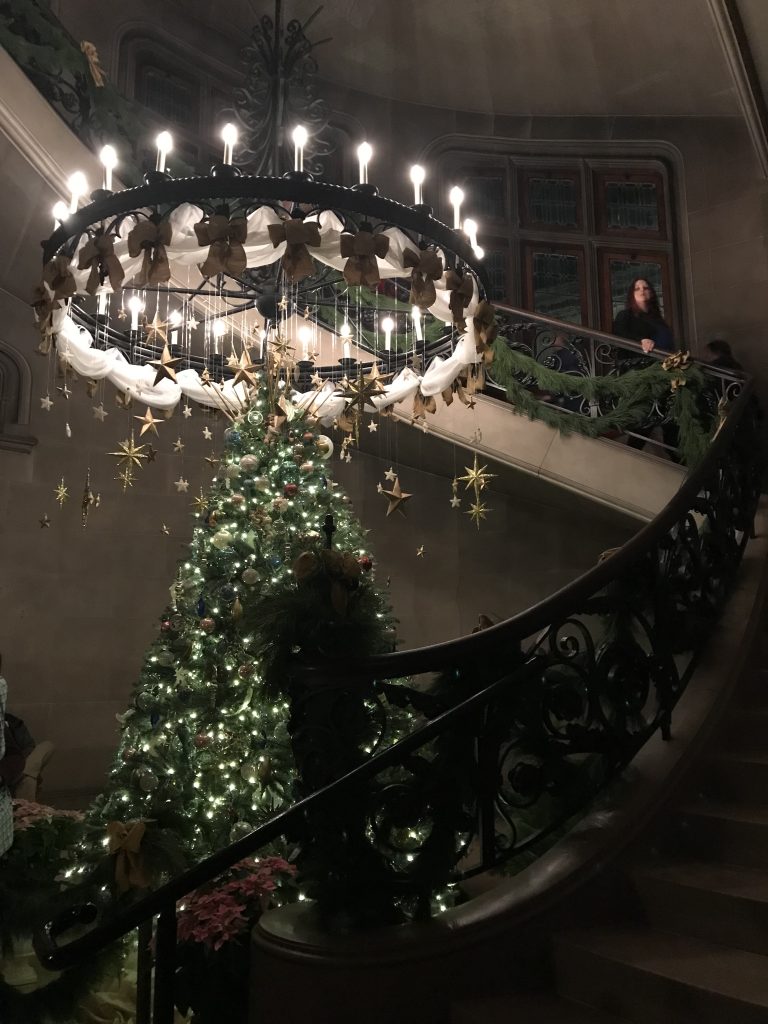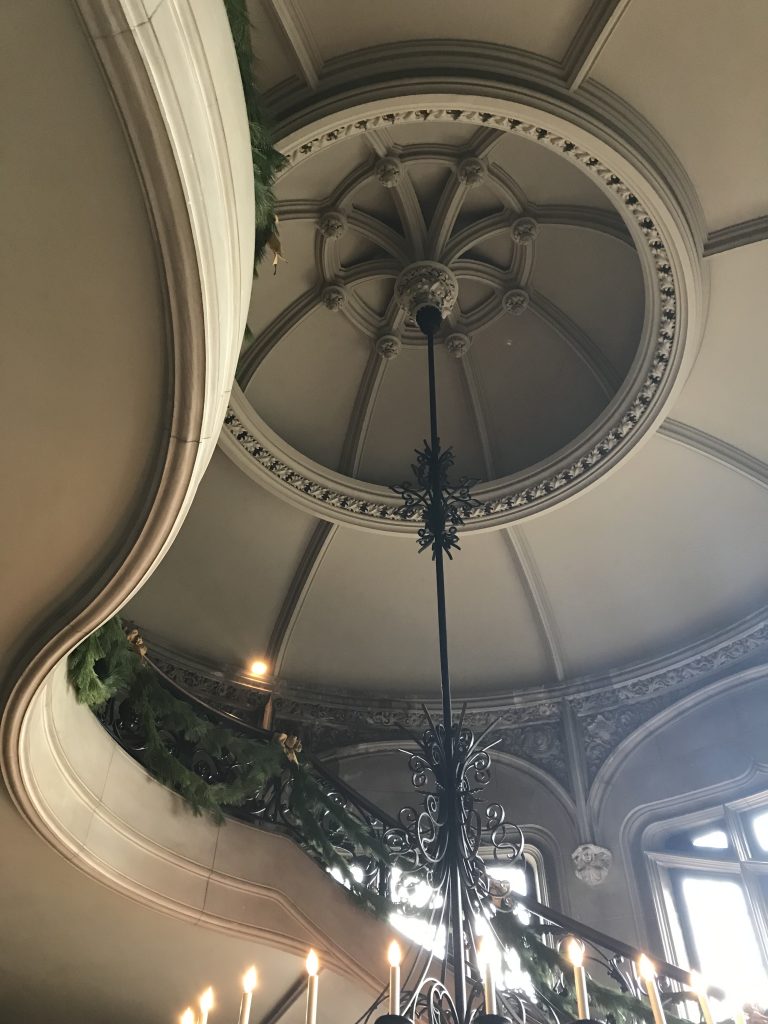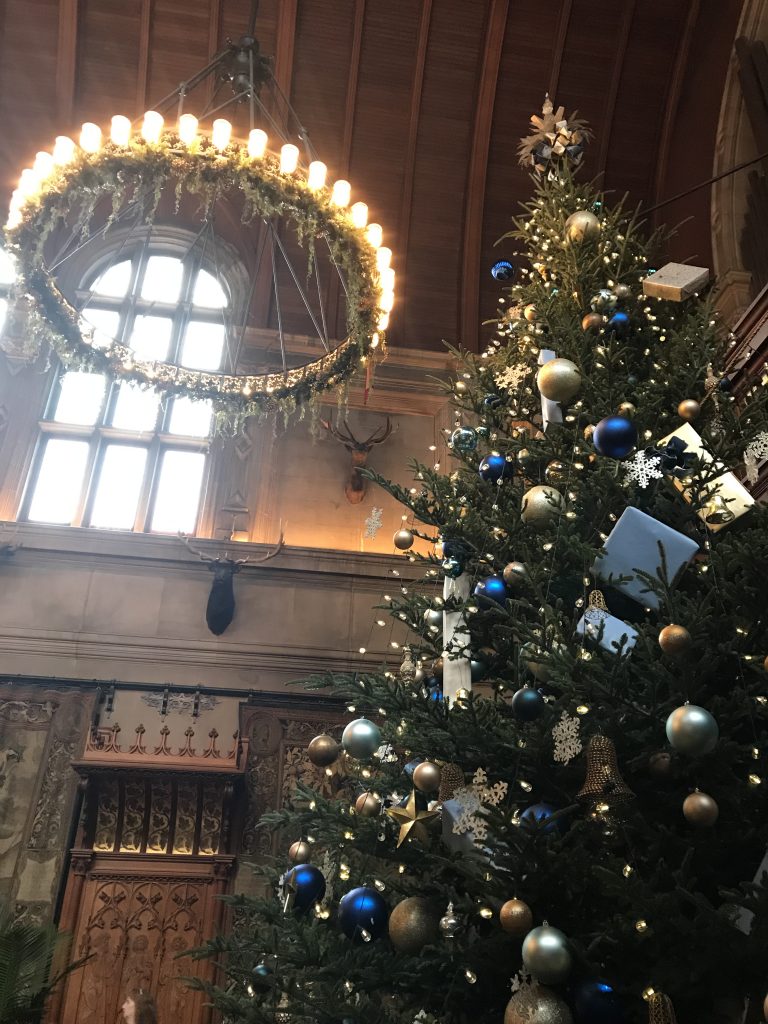Architect Travels: Biltmore Estate, Asheville, North Carolina
Guest Post by Architect Deborah Smith.
I am a self-proclaimed homebody, but nothing will peel me off the couch faster than getting to travel and experience new places and old/new buildings. The Biltmore Estate in Asheville, N.C. has been on my list of places to visit for quite awhile and I finally got to cross it off earlier this month, just in time to see it decked out for Christmas. Learning about the history of who lived in the house and how it functioned in the early 20th century was fun and all, but who are we kidding, I was there to see how this castle of a home and the surrounding grounds were designed and brought to life.
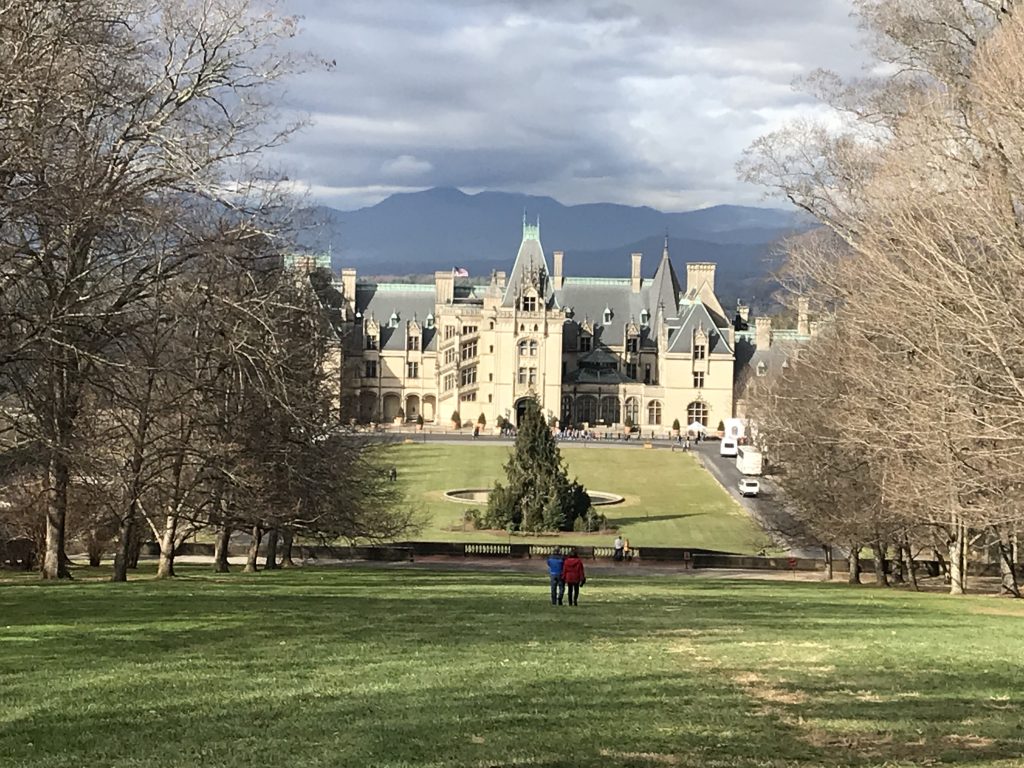
The Biltmore Estate house and surrounding estate began construction in 1889, was completed in December 1895, and was the brainchild of owner,George Washington Vanderbilt, architect, Richard Morris Hunt, and landscape architect, Frederick Law Olmstead. The construction of the house boosted the local economy even before becoming a tourist attraction by hiring local laborers, craftsmen, and businesses. The shear amount of detail and craftsmanship that went into the house and landscape is incredible and hopefully the included photos help to show that…along with showcasing some spectacular Christmas decorations.
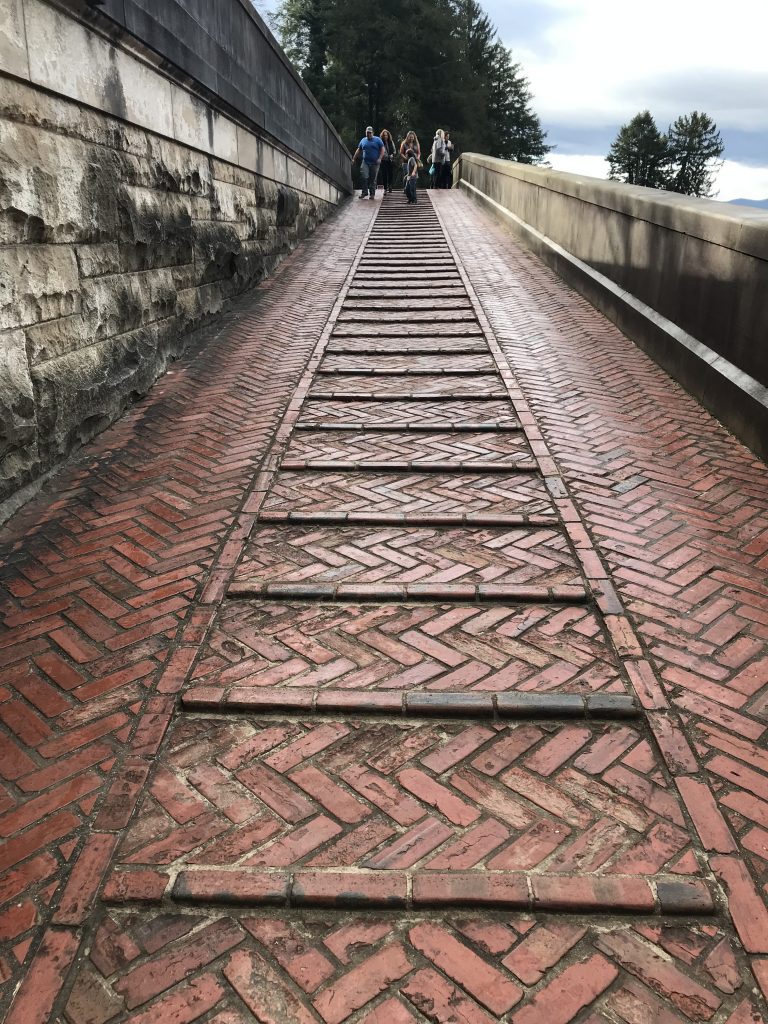
Some more fun facts about the Biltmore Estate house construction:
-The project had its own railroad spur to deliver the enormous amount of building materials required to build this behemoth project.
-The Biltmore Estate house was designed to be fireproof, so it was built using masonry (both brick and stone) and steel.
-Frederick Law Olmstead (the same landscape architect that designed Central Park in NYC) actually set the first floor height of the house so the views of the surrounding mountains would be exactly as he had envisioned them. He constructed viewing towers out of sawhorses to continually check the views of the house.

